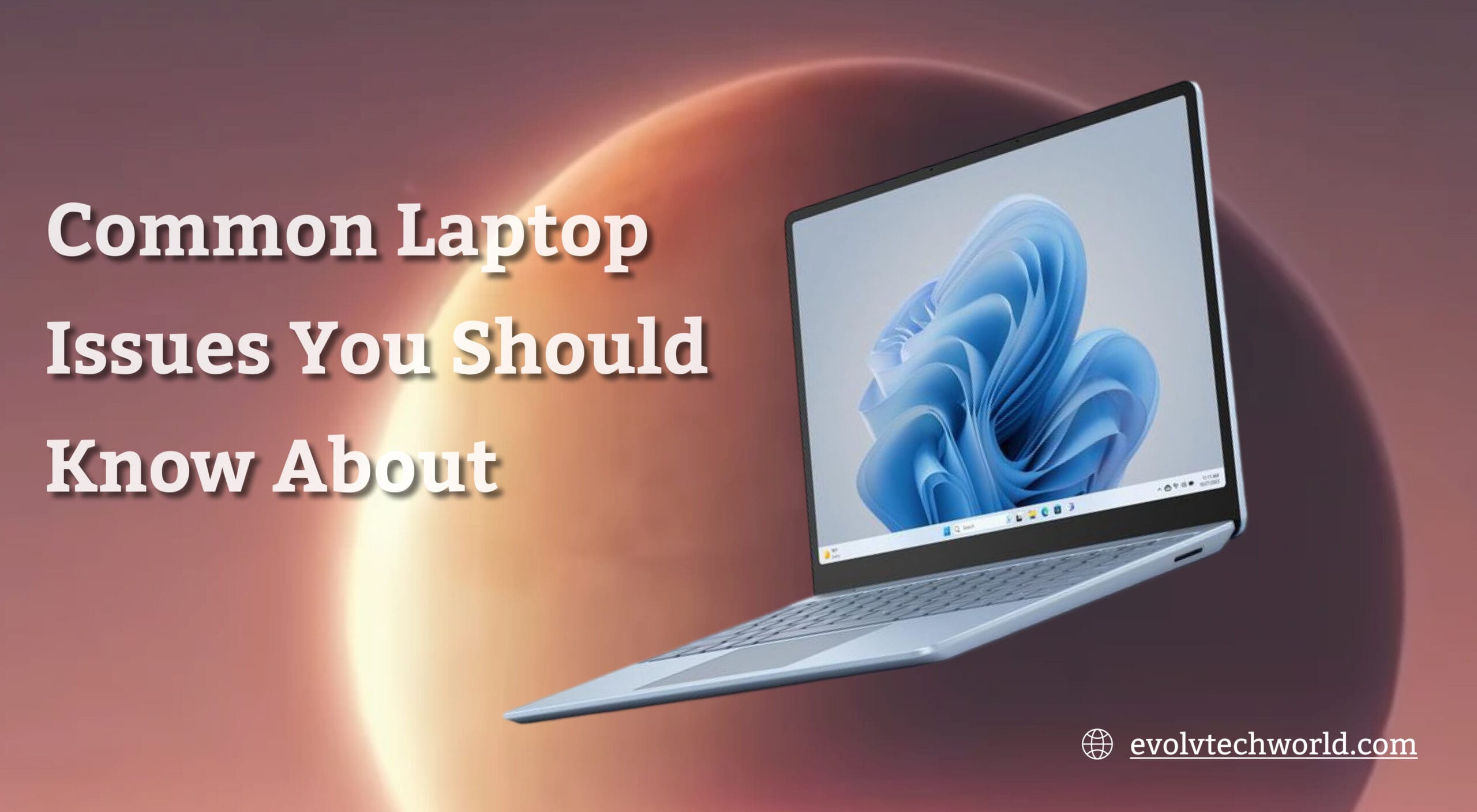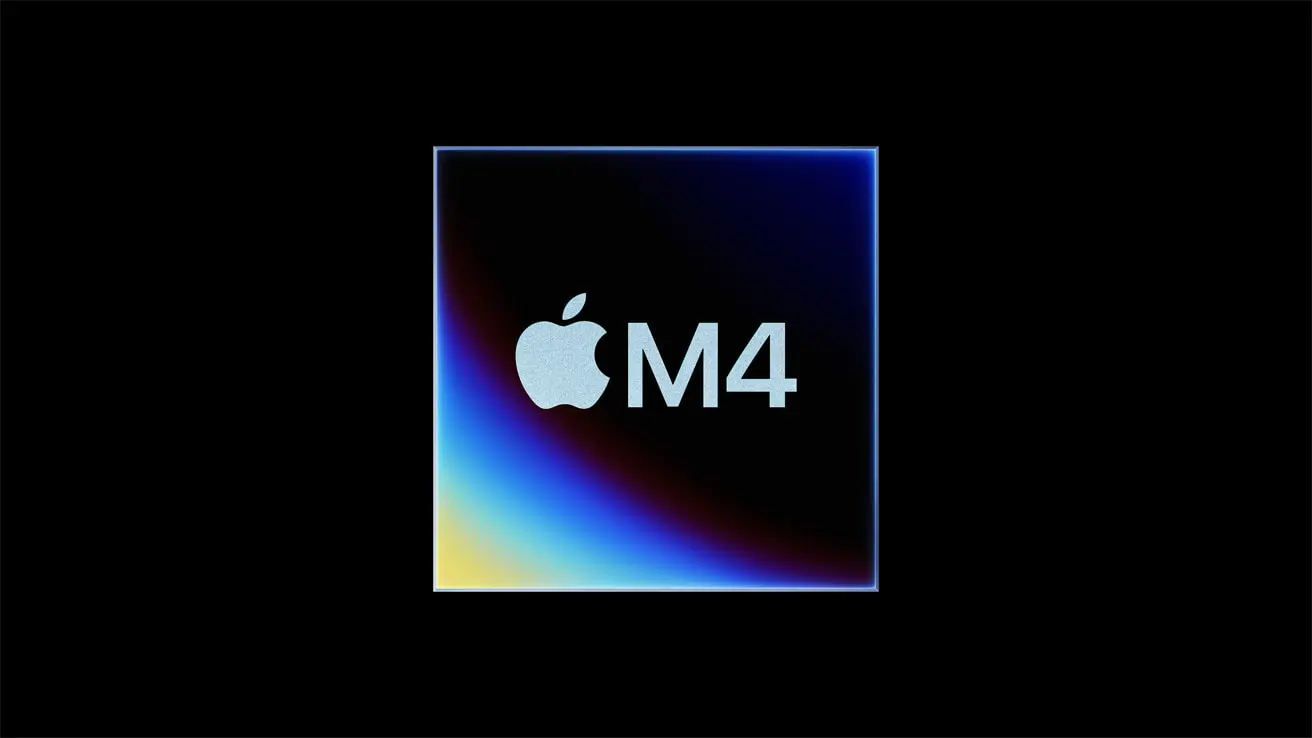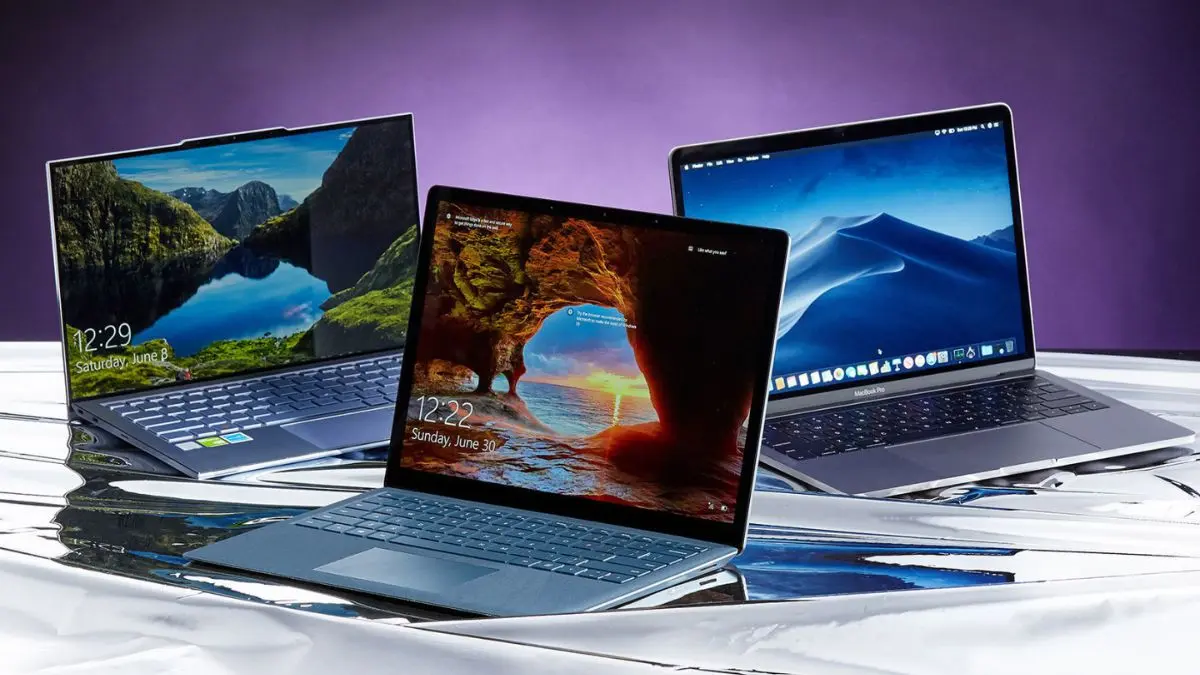In the modern era of the digital world laptops have become indispensable devices for work, study, entertainment and communication. No matter how convenient and portable they are, laptops also suffer from problems. You might be a student, remote worker or mere user, but it is critical to know the most prevalent laptop issues to avoid expensive repairs, boost performance and increase the longevity of your device. This article discusses the most common issues with laptops, the reasons behind them and how you can fix or prevent them.
Types of Common Laptop Problems
1. Slow Performance
Slow performance is one of the most frequent issues complaints for laptop users. Over time, you may find that your once-quicky computer now takes ages to boot, load applications or access websites.
Causes:
- Too many background applications consuming RAM
- Outdated software or drivers
- Fragmented hard drive (on older HDDs)
- Malware or viruses
- Low storage space
Solutions:
- Uninstall unused programs and disable unnecessary startup applications.
- Keep your system updated.
- Run a malware scan.
- Consider upgrading your hard drive to an SSD and increasing your RAM.
2. Overheating
Laptops are small computers, so they can easily overheat because of restricted airflow and room for internal components.
Causes:
- Dust-clogged vents and fans
- Poor ventilation (e.g., using the laptop on a bed or pillow)
- Running heavy applications like games or editing software
Symptoms:
- Loud fan noise
- The laptop shuts down suddenly
- Performance drops (thermal throttling)
Solutions:
- Clean vents and fans regularly with compressed air.
- Use a cooling pad.
- Avoid placing the laptop on soft surfaces.
- Ensure BIOS and drivers are updated for optimal thermal management.
3. Battery Issues
A laptop battery is among the first things to wear out with time. It’s normal to have poor battery life or charging issues after some years of use. Some gaming and work laptops have battery issues, and there is a high chance that this is due to high usage.
Common Issues:
- Battery drains quickly
- Battery not charging even when plugged in
- “Plugged in, not charging” error
Causes:
- Battery wear and tear
- Faulty charger or power adapter
- Charging port damage
- Software miscommunication
Solutions:
- Calibrate your battery occasionally.
- Replace old or faulty batteries.
- Use the original charger.
- Check the power settings and battery drivers.
4. Cracked Screen or Display Problems
Laptop screens are fragile and prone to damage. Besides physical cracks, users can suffer from flickering, screen lines or totally black displays.
Causes:
- Accidental drops or pressure
- Loose internal cable connection
- Faulty display driver
- Damaged graphics card
Solutions:
- For cracked screens, replacement is usually the only option.
- Reconnect or replace internal video cables.
- Update or reinstall display drivers.
- Hook the laptop to an external monitor to isolate the issue.
5. Keyboard Malfunctions
Keyboard malfunctions can be anywhere from a single stuck key to a whole keyboard not functioning.
Causes:
- Dirt or debris under keys
- Spilled liquid
- Outdated or corrupted drivers
- Hardware failure
Solutions:
- Clean the keyboard gently using compressed air.
- If liquid was spilled, turn off the device immediately and let it dry completely before use.
- Check for driver updates.
- Use an external keyboard as a temporary fix.
6. Wi-Fi Connectivity Problems
A laptop that is unable to connect to the internet is essentially useless for most individuals. Wi-Fi connectivity issues can be infuriating and difficult to identify.
Causes:
- Faulty Wi-Fi adapter
- Router issues
- Outdated drivers
- Conflicting software
Solutions:
- Restart your router and laptop.
- Reinstall or update the wireless adapter driver.
- Forget the network and reconnect.
- Disable VPN or firewall software to test for conflicts.
7. Blue Screen of Death (BSOD)
The infamous BSOD can create user panic. It occurs when the system sees a critical failure it can’t recover from.
Causes:
- Driver conflicts
- Failing hardware (like RAM or hard drive)
- Overheating
- Corrupt system files
Solutions:
- Note down the error code displayed for troubleshooting.
- Update drivers and Windows.
- Run diagnostics on your hardware.
- Use the System Restore feature to revert to a stable configuration.
8. Hard Drive Failure
Hard drive failures can cause slowness, file corruption or system crashes. If your laptop fails to boot or if you experience clicking sounds, then your hard drive is failing.
Symptoms:
- Frequent crashes
- Missing or corrupt files
- Strange noises
Solutions:
- Backup your data immediately.
- Run a hard drive diagnostic tool.
- Replace the hard drive if needed, ideally with an SSD for better reliability and speed.
9. Software Glitches and Operating System Errors
Other times, the laptop itself is okay, but the operating system or software installed is unstable.
Common Issues:
- Programs crash or don’t respond
- OS won’t boot properly
- Random error messages
Causes:
- Incomplete software installations or updates
- Malware
- Incompatible programs
Solutions:
- Use built-in repair tools (like Windows Startup Repair or macOS Disk Utility).
- Uninstall or reinstall problematic applications.
- Perform a clean installation of the operating system if necessary.
10. Port and Peripheral Issues
USB ports, HDMI outputs or headphone jacks sometimes fail to work, impacting how you plug in external devices.
Causes:
- Physical damage to ports
- Driver issues
- Dust or debris
- Power surges
Solutions:
- Inspect the port for visible damage or debris.
- Try using a different device or cable.
- Update or reinstall the relevant drivers.
- Consider using a USB hub as a workaround.
11. Touchpad Not Working
The built-in touchpad can occasionally become unresponsive or erratic.
Causes:
- Accidental disabling (via function keys)
- Outdated drivers
- Software conflicts
Solutions:
- Press the designated function key to re-enable the touchpad.
- Check your settings in the control panel.
- Update the touchpad driver.
12. Audio Issues
Sound problems can include no audio output, distorted sound or microphone failure.
Causes:
- Muted or misconfigured settings
- Outdated audio drivers
- Faulty audio hardware
- Software conflicts
Solutions:
- Check sound settings and make sure the correct output device is selected.
- Update or reinstall audio drivers.
- Test the sound using external speakers or headphones.
Conclusion
While laptops are incredibly versatile and convenient, they are also prone to a wide range of issues. The good news is that many of these problems are either preventable or fixable with basic troubleshooting. Regular maintenance—like cleaning, software updates and backing up your data—can go a long way in keeping your device running smoothly. When in doubt, don’t hesitate to consult a professional technician, especially for hardware repairs. Being aware of these common laptop issues not only helps you react quickly when something goes wrong but also empowers you to keep your tech life on track.











